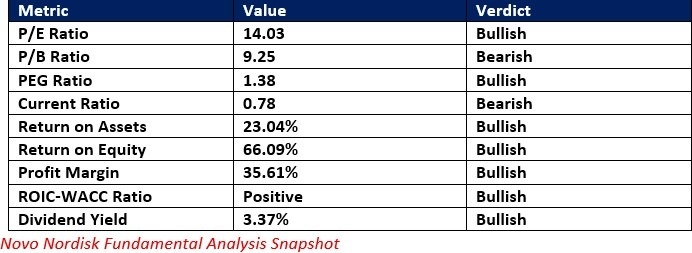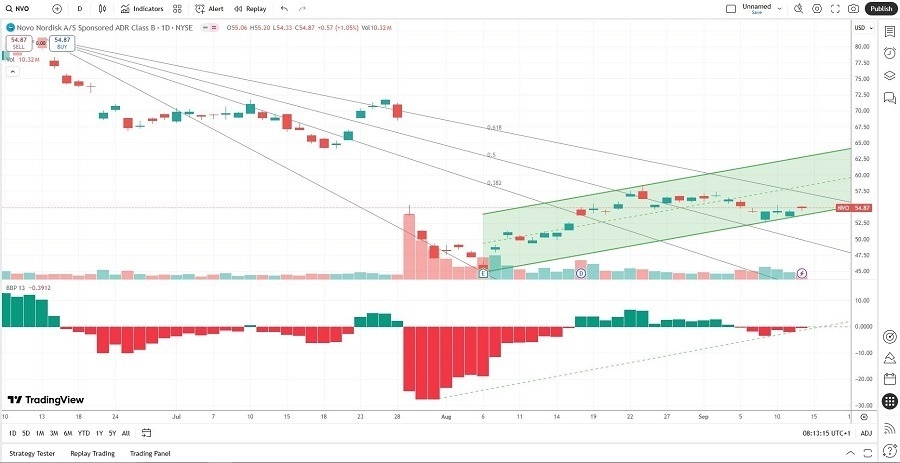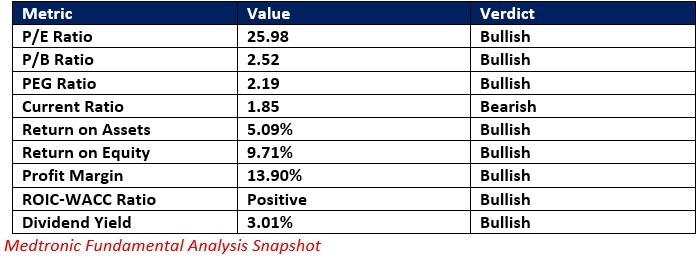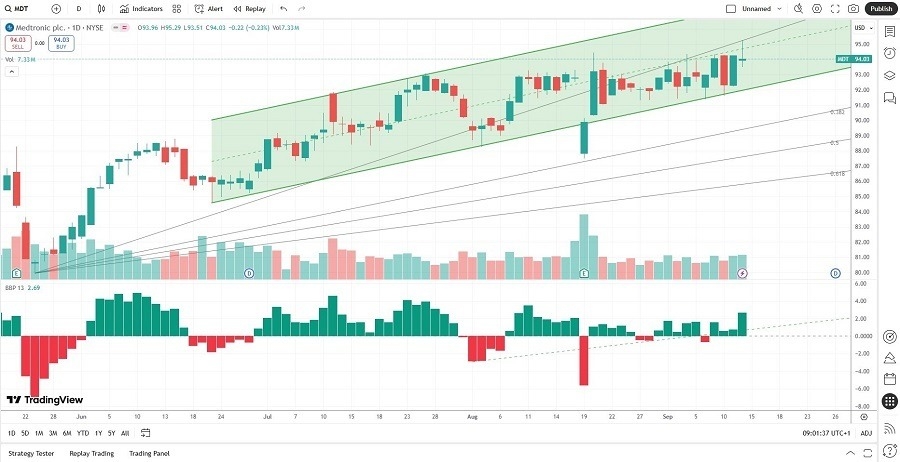Healthcare spending accounts for nearly 20% of GDP, with total 2025 spending expected to be over $5.3 trillion. The US Centers for Medicare and Medicaid Services expects healthcare spending to rise by 5.8% annually through 2033. Therefore, healthcare stocks have tremendous growth potential, but they equally face policy challenges, especially over the next few years. Still, the healthcare sector grows faster than the economy, and investors have many exciting ways to participate.
What are Healthcare Stocks?
Healthcare stocks refer to publicly listed companies that are active in the healthcare sector. They cover a broad range of sub-sectors and companies, including pharmaceutical companies, medical device companies, biotech firms, healthcare providers, health insurers, and pharmacy benefit managers (PBMs).
Why Should you Consider Investing in Healthcare Stocks?
Healthcare stocks are an excellent defensive investment to protect a portfolio against economic uncertainty, recessions, and, to a lesser extent, inflation. Consumers with prescription medication or medical needs cannot alter their treatment due to economic swings, making revenue streams for healthcare stocks more stable.
Here are a few things to consider when evaluating healthcare stocks:
- Invest in healthcare stocks with a healthy pipeline of medications and treatments in Phase I, Phase II, and Phase III trials.
- Evaluate the current products and how they address the needs of the current healthcare situation.
- Ensure a healthy dividend yield to compensate for the added political and regulatory risks.
- Analyze the balance sheet and focus on free cash flow and overall debt levels.
What are the Downsides of Healthcare Stocks?
Investing in healthcare stocks requires considering political and regulatory risks. They are unexpected developments that can swiftly reverse momentum and cause double-digit selloffs. High research and development costs, expiring patents, and stiff competition are additional downsides of healthcare stocks.
Here is a shortlist of healthcare stocks to consider:
- Eli Lilly & Company (LLY)
- UnitedHealth Group (UNH)
- Koninklijke Philips (PHG)
- Gilead Sciences (GILD)
- Merck & Company (MRK)
- HCA Healthcare (HCA)
- Cardinal Health (CAH)
- Novo Nordisk (NVO)
- Healthpeak Properties (DOC)
- CVS Health Corporation (CVS)
- GSK (GSK)
- Bristol-Myers Squibb Company (BMY)
- Danaher Corporation (DHR)
- Thermo Fisher Scientific (TMO)
- Medtronic (MDT)
Novo Nordisk Fundamental Analysis
Novo Nordisk (NVO) is a Danish multinational pharmaceutical company with production facilities in nine countries. One of its best-known drugs is semaglutide. It treats diabetes under the brand names Ozempic and Rybelsus and obesity under the brand name Wegovy. NVO excels at corporate responsibility, sustainability, and workplace satisfaction. Novo Nordisk is also a component of the OMX Copenhagen 25.
So, why am I bullish on NVO following its latest earnings release?
NVO has industry-leading returns on assets, equity, and return on invested capital. Its profit margins also rank at the top of its class. Novo Nordisk is the leading provider of diabetes medication globally, accounting for over 30% of sales. The massive sell-off in July created an excellent buying opportunity, and I am cautiously optimistic about a positive outcome from its US patent challenge. The PEG ratio also suggests more upside.
The price-to-earnings (P/E) ratio of 14.03 makes NVO an inexpensive stock. By comparison, the P/E ratio for the S&P 500 is 29.45.
The average analyst price target for NVO is $64.01. It suggests good upside potential with fading downside risks.
Novo Nordisk Technical Analysis
Novo Nordisk Price Chart
- The NVO D1 chart shows price action trading between its descending 50.0% and 61.8% Fibonacci Retracement Fan levels following a double breakout.
- It also shows Novo Nordisk inside a bullish price channel with rising bullish trading volumes.
- The Bull Bear Power Indicator is bearish with an ascending trendline, and it is approaching a bullish crossover.
My Call on Novo Nordisk
I am taking a long position in NVO between $52.72 and $56.08. Novo Nordisk has an excellent balance sheet, low valuations, and a tight grip on its core market. The PEG ratio suggests an undervalued share price, and its healthcare pipeline features high-quality medications. NVO is one of my top healthcare stocks, and I will add this company now and during potential future corrections.
Medtronic Fundamental Analysis
Medtronic (MDT) is a healthcare and medical device company that develops and manufactures innovative healthcare technologies and therapies. Its core segments are cardiovascular, medical surgical, neuroscience, and diabetes. MDT operates in over 150 countries and employs more than 90,000 people. It developed world-first technologies, including wearable and implantable pacemakers, the implantable cardioverter defibrillator, and remote monitoring systems. MDT is also a component of the S&P 100 and the S&P 500.
So, why am I bullish on Medtronic despite its rally since May?
While MDT faces tariff-related headwinds, I am buying this world-class healthcare stock due to its fantastic outlook for its robotic-assisted surgery (RAS) device. It currently awaits US FDA clearance. RAS creates massive long-term potential, and MDT can disrupt this market. Medtronic continues to surprise to the upside with its earnings releases. The balance sheet is strong, operational metrics are above most of its competitors, and valuations are low.
The price-to-earnings (P/E) ratio of 25.98 makes MDT an inexpensive stock. By comparison, the P/E ratio for the S&P 500 is 29.45.
The average analyst price target for Medtronic is $98.63. It suggests limited upside potential, but I expect MDT to continue smashing targets.
Medtronic Technical Analysis
Medtronic Price Chart
- The MDT D1 chart shows price action between its ascending 0.0% and 38.2% Fibonacci Retracement Fan.
- It also shows Medtronic inside a bullish price channel with rising bullish trading volumes.
- The Bull Bear Power Indicator is bullish with an ascending trendline.
Top Forex Brokers
My Call on Medtronic
I am taking a long position in Medtronic between $91.59 and $95.29. The price-to-book ratio and the PEG ratio point to an undervalued stock. MDT might correct slightly amid tariff volatility, but I will use it as a buying opportunity. The healthy dividend yield is a bonus, and MDT has increased its payouts for 48 consecutive years.
Ready to trade the best healthcare stocks? Take a look at our list of the best stock brokers.




